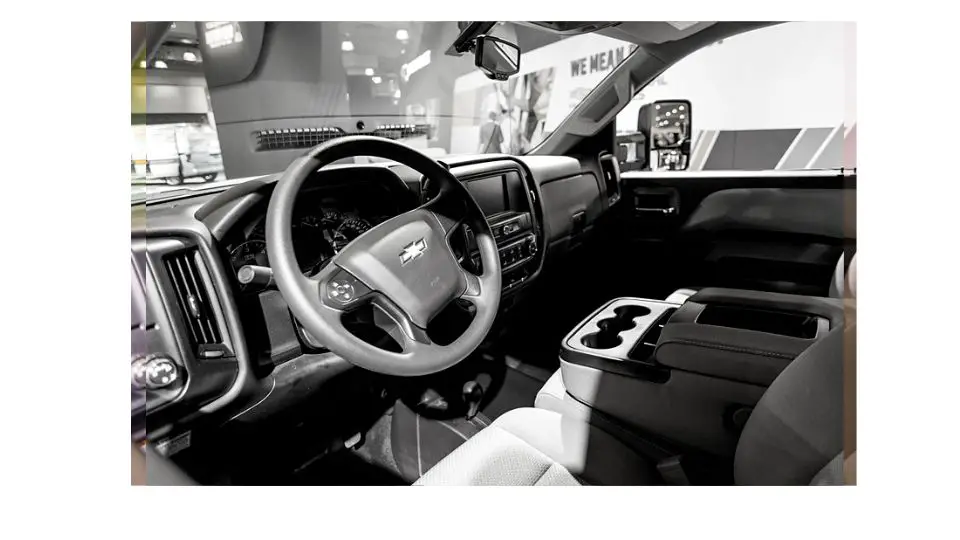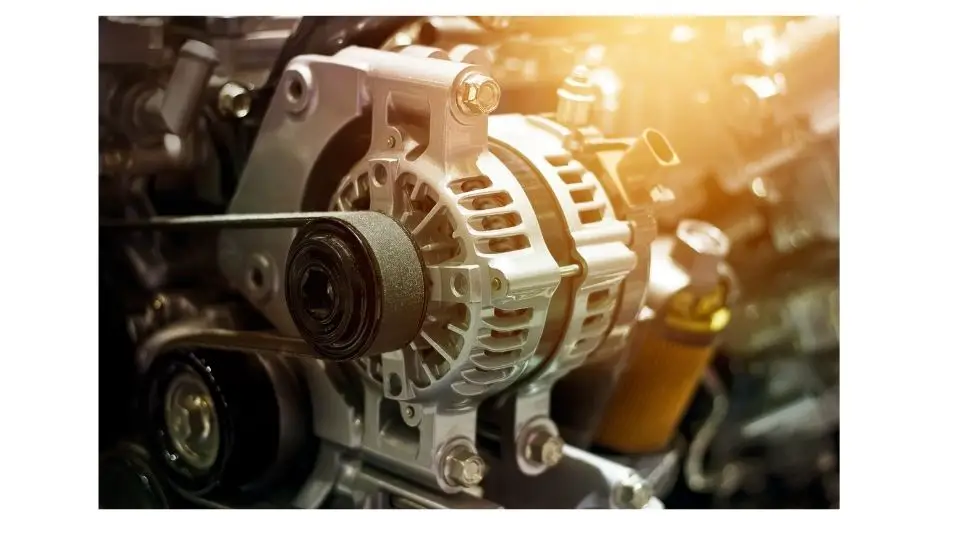If your Chevy service battery charging system is not functioning properly, it could be causing your battery to lose charge and not hold a full charge. You can take a few steps to fix the charging system and get your battery back to its full potential.
Fortunately chevy vehicles are smart enough to let you know when something isn’t right with the battery or charging system. In this article, I am going to through possible reasons why your chevy says “service battery charging system” and what to do if you see that message in your vehicle. Read on.
What Does Service Battery Charging System mean on a Chevy?
The Service Battery Charging System message appears when there is an issue with the battery charging system. The most likely cause is that the alternator is failing.
The battery charging system checks the health of your battery, alternator and voltage regulator. The voltage regulator is a simple device that regulates the amount of voltage going into your vehicle. If it senses too much or too little, it will adjust accordingly to maintain a 14.5-15.5V charge. A bad voltage regulator may cause all sorts of problems like a dead battery or no start conditions (if you try to start your car).
If your Chevy service battery charging system is not functioning properly, it could be causing your battery to lose charge and not hold a full charge. Here are the common causes of Battery charging system malfunction.
What Causes Chevy “Service Battery Charging System”
Bad Battery:
Bad batteries can cause this warning light to come on. If your battery is low or corroded, it may not be charging properly. The alternator will continue to charge the battery, but the voltage coming off of the alternator will not be enough to keep up with the demands of other components.
This leads to an undercharged condition which can damage your electrical system and cause problems down the road. A simple voltmeter check at the battery terminals will help you determine if your battery is bad or just weak. If it tests below 12 volts, then you need a new battery.
Blown Fuse:
Fuses are used in cars to protect against short circuits and over currents from high current devices such as lights and fans. If one blows, there might be something wrong with that circuit or device. Check for any warnings in your manual for fuse locations and replace any blown fuses immediately!
If everything looks fine but nothing works after replacing a fuse and/or resetting the ECM (see step 4 below), then there may be another problem with that circuit that needs further diagnosis by a qualified technician.
Faulty/Failing Alternator:
The alternator is responsible for charging the battery, but it also provides power to other systems, like the radio and headlights. If your alternator goes out, your vehicle will no longer have any power.
This will result in all of these warning lights coming on at once. If you notice that your battery is going dead too quickly or not holding a charge at all, then you may need to replace your alternator right away.
Failing voltage regulator:
The voltage regulator keeps the alternator from overcharging the battery and causing problems with other electrical components in the car such as lights or electronics. If this part fails, then it will likely cause these warning lights to come on at once because there’s nothing regulating how much power is being pumped into your battery.
You’ll also notice that your headlights or other electrical components won’t turn off when you turn off your car because they’re still getting power from somewhere else besides the battery itself (which is supposed to shut everything down).
Failed Drive Belt:
The drive belt is a critical component of your battery charging system. If the drive belt breaks, it will stop the alternator from charging your battery and your battery will die. A broken belt can also cause damage to other parts of your vehicle, like the starter or water pump, so it’s important to get it fixed as soon as possible.
Corroded Battery:
Corrosion can build up on the terminals of your battery over time and prevent it from being able to charge properly when you turn on your lights or start your car. This could cause the Service Battery Charging System warning light to come on and potentially cause more serious issues if left untreated for too long.
Wiring Issues:
Wiring problems with your vehicle’s electrical system can cause numerous problems with different components in your vehicle — including with your battery charging system. If there is an issue with wiring that affects how much current gets sent through certain wires, then it may be enough to trigger this warning light without any other symptoms present at all!
How Do You Fix a Chevy Service Battery Charging System?
First of all, take your car for diagnosis by professional technicians. You can go to a Chevy dealer or an independent auto repair shop. They will check the electrical system and tell you what is wrong with it. If they find any faults in the electrical system, then they will fix them accordingly.
If there are no faults in the electrical system and your battery is still not charging, then get a diagnostic tool like an OBD scanner and use it on your car. It will tell you exactly what is wrong with your car’s battery charging system, which can help you fix it yourself at home or take it to some professional mechanics who can do it for you cheap and easily.

Tomas is a retired Chevy Auto Technician that brings decades of hands-on experience and expertise to the table. He’s also a father to two incredible daughters. He enjoys using his knowledge and experience to help you solve and find reliable information on Chevrolet vehicles. Whether it’s troubleshooting engine problems or providing tips for maintenance, Thomas is committed to helping Chevy owners keep their vehicles running smoothly and safely.



